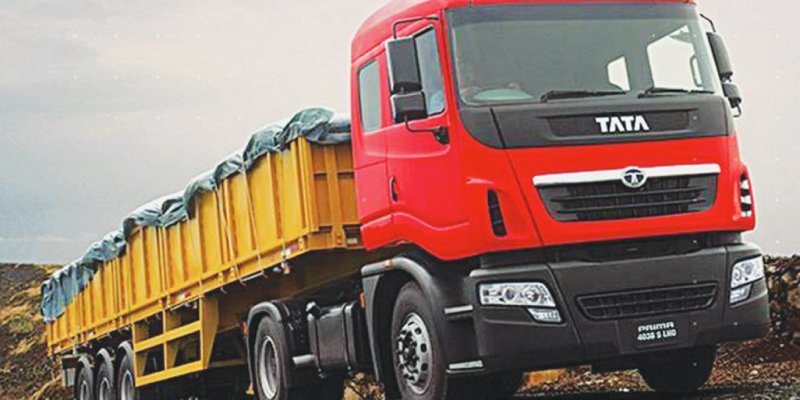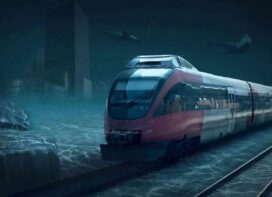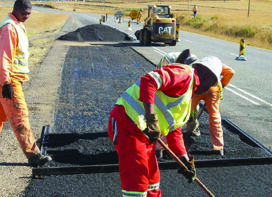 Our logistics cost riddle is ‘why does the cost actually stand at a level of 13 to 14% as compared to 8% internationally’. And the prescription to this has to be a combination of efforts by both the public sector and the private sector, says Sachin Bhanushali, Director & CEO, GatewayRail Freight Limited.
Our logistics cost riddle is ‘why does the cost actually stand at a level of 13 to 14% as compared to 8% internationally’. And the prescription to this has to be a combination of efforts by both the public sector and the private sector, says Sachin Bhanushali, Director & CEO, GatewayRail Freight Limited.
Indian road freight rates are one of the lowest in the world and so are the warehousing rates, yet India has a high logistics cost component as a percentage of GDP. This paradox can only be explained by artificially marked up rail freight cost due to passenger cross subsidisation of passenger fares by railways and an extremely congested network of Indian Railways resulting into tardy and not so reliable multi modal transport solution by Railways resulting into high cost of inventory and resultant high cost of carrying inventory.
The logistics scenario in India needs a serious revamp to bring down the logistics cost. A better coordination among the union government, state governments and private players and building new infrastructure for better inventory storage and transportation can contribute towards this goal. The need to build intermodal terminals and increase in network capacity to carry more freight by rail is the key to achieve this target. In order to achieve this, we also need to convert our common user public goods shed into common user intermodal terminals.

The existing infrastructure comprises of ports, airports, roadways and railways provided by the Union government, State government as well as corporate entities. The private operators such as port operators, intermodal operators on rail and road, play a crucial role by providing the actual service.
While the cost of transportation and storage is an important component of logistics cost, the hidden component of cost of inventory in terms of additional working capital and cost of carrying this inventory are what change the cost contours. The level of reliability and predictability of the value chain leads to such a cost build up. The piling of raw materials and intermediate goods at multiple production points and finished goods at the multiple distribution points result in overall cost build up. We build up inventories in order to take care of the exigencies, arising out of imperfections in the logistics value chain which is the main reason of the increase in logistics cost.
Indian Railways switched from ‘all parcel sizes’ to ‘large parcel size only’ transport solution in the 80s. Almost complete absence of intermodal transport (which imparts advantage of small parcel size to rail transport) in domestic sector, the newly emerging manufacturing sector had to build logistics capabilities by relying almost entirely on road transport even for its long distance transportation needs. This resulted into a national network of small parcel size transportation by road with multiple inventory holding locations resulting in to increase in the overall logistics cost. Simultaneously, due to a highly congested rail networks and resultant low reliability and high transit time, the rail alternative was also riddled with high inventory costs (working capital) and high costs of carrying the inventory pushing up the logistics cost on the multimodal route as well.
One of the many measures which are required to bring down the logistics cost is to follow large volume transportation of small parcel size of manufactured products through a chain of regional intermodal terminals on the ‘hub and spoke‘ model. Indian Railways need to increase its network capacity to reduce congestion and promote development of intermodal clean cargo common user terminals to increase the containerized cargo share. IR also needs to integrate its planning process of developing intermodal terminals with State Government’s industrial development by integrating it with Industrial Estates to be developed by State Industrial Development Corporation (SIDC). In absence of a government sponsored mechanism for acquisition of land for industrial and transport purpose, Indian Railways will have to provide lands to private sector to develop clean cargo multi-modal terminals and increase their role in smooth functioning of such terminals. The Dedicated Freight Corridor of IR has already demonstrated that with higher network capacity rail transportation can have a significant edge over road only transport for long distance transportation needs. Such terminals can also facilitate aggregation from multiple originating points and distribution to multiple destination points by allowing short duration storage of rail bound containerised cargo.

The Gati Shakti initiative launched by the Prime Minister recently is going to play a very important role in this direction by helping address the execution and coordination issues due to non-visibility of planning processes amongst various participation organisations.
Railway can further improve the transit time vis-à-vis road by upgrading its non DFC routes to multiple line routes with double stack container transportation capability. This will help reduce logistics cost and open its doors to manufactured products.
The target of carrying 2500 million tonnes by 2030 from the current level of 1250 million tonnes of originating cargo on rail network can only be achieved by creating a network of such common user intermodal terminals built by private sector on land provided by railways. We also need a better operating environment both from an institutional and regulatory framework through the initiatives being taken by NITI Aayog and the Department of Logistics. Increased participation by private players can really be a game changer in the logistics sector. Therefore, the government also needs to develop a mechanism to protect the interests of private investors by promoting healthy competition and developing an effective dispute resolution mechanism. With all these efforts, the logistics sector can shape India’s economy in a positive way with a reduced cost burden.
 TrafficInfraTech Magazine Linking People Places & Progress
TrafficInfraTech Magazine Linking People Places & Progress


